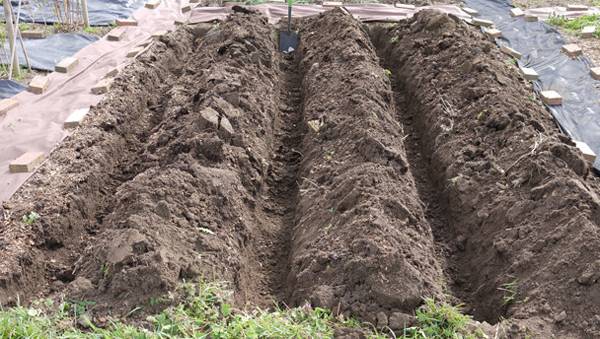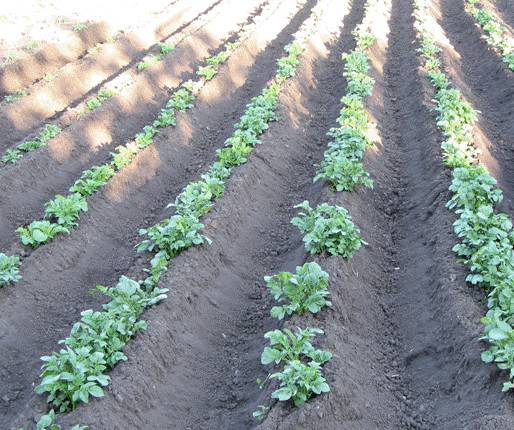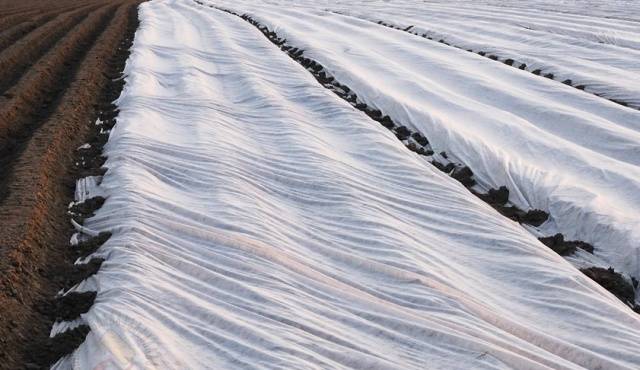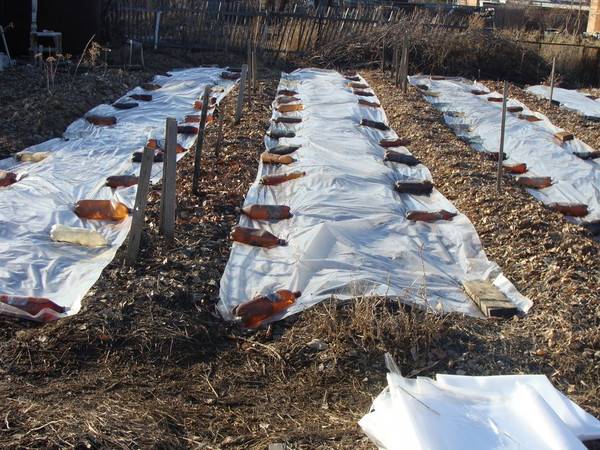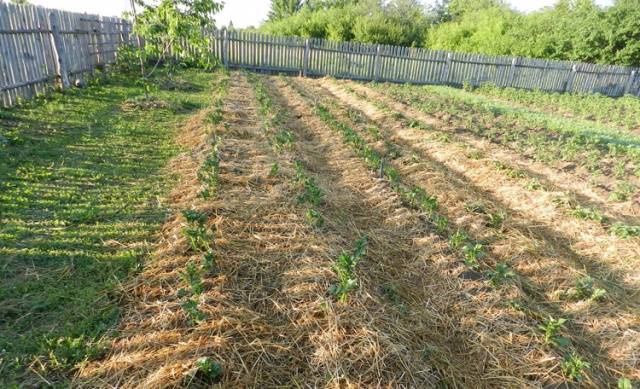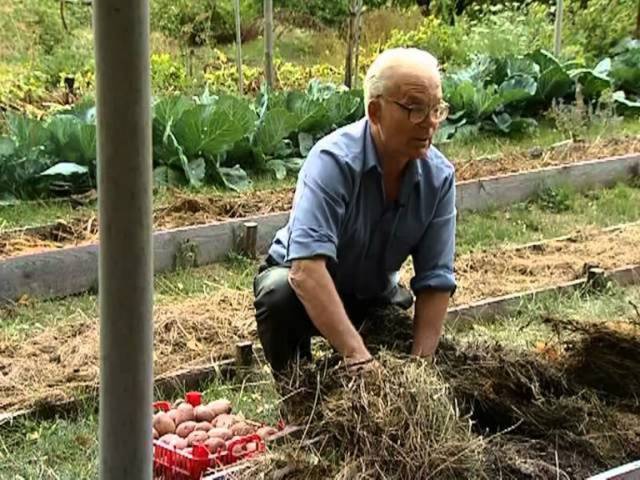Content
Potatoes are a crop that must be grown even in the smallest vegetable garden to get early production. In addition, its calorie content per 100 grams is only 61 kcal, and the content of nutrients is much higher than in the old one. You don't need to conjure over it at all to make it tasty, just boil it and sprinkle it with dill. The only drawback of young potatoes is that this product is seasonal, it is very expensive, and buying it in a store, we cannot be sure that ripening was not accelerated in a way that is hazardous to health.
Young potatoes are best grown on their own and eaten from your own garden. But what should the inhabitants of regions with a cold climate do? Planting potatoes in April in areas where summer comes late will be the topic of our article. Of course, if you plant potatoes in greenhouses or greenhouses, you can get an early harvest without any tricks, but our article is intended for those gardeners who do not have this opportunity.
What you need to grow potatoes
In order to get a good harvest of potatoes, you need to properly prepare them and plant them in warm soil in a sunny place. In cold soil with temperature below 12 degrees, it will not germinate, but will lie like in a pantry until the soil warms up.
About, how to prepare tubers for germination we talked in detail earlier.
Then it needs to be germinated and can be planted.
Planting potatoes in April
Surely there are many ways to grow potatoes early, we present to your attention three of the most popular and proven ones.
Landing under the ridges
This is not the best way, it allows you to start planting work no earlier than the soil warms up to 8 degrees. But even a week stolen from rough weather matters. The combs need to be cut in the fall, since if you do this in the spring you will have to wait until they warm up in the sun. After the snow melts, the top layer of soil on autumn hillocks heats up quickly.
We put a layer of organic material in the depression between the two ridges - preferably rotted manure, but if it is not there, compost or rotted straw will come off. Lay the potatoes on the organic layer with their sprouted eyes upwards, slightly pressing them into the surface of the substrate, and sprinkle them with a thin layer of humus, about 2-3 cm. Take the upper, well-heated layer of earth from the surface of the soil and sprinkle our planting with a layer of 5-8 cm.
The remaining soil from the ridges will be used as the soil warms up for hilling potatoes. Hilling will have to be done more than with conventional cultivation as the potatoes germinate. At the end of the season, the entire ridge will move to the potatoes.
Northern weather is insidious, frosts are possible after the emergence of seedlings. Cover the planting with lutrastil or agrofibre, if you have enough of them, if not, put the tops in the groove and sprinkle with earth from the ridges. When the frost has passed, and the sun looks out, she will stretch herself up.
Planting potatoes under the covering material
Spunboard or agrofibre can be used as a covering material for early planting of potatoes. They easily protect plants at minus 5 degrees, and denser and more expensive varieties can keep the temperature even lower. They are lightweight and easy to use, they allow heat and moisture to pass through, and they have been used for many years.Their only drawback is the cost - after all, in order to cover a potato field, a lot of material is needed.
Before planting potatoes, it would be good to warm up the soil. To do this, cover the soil with cardboard, old newspapers, and even better with black plastic wrap or black agrofibre. If we plant the tubers in pre-warmed soil, we will save a few more days.
Growing potatoes under straw
The beauty of this method is that it does not require loosening the soil. You can make shallow grooves or slightly loosen the soil with a rake, but many gardeners don't even do that.
The potatoes are laid out on the heated ground evenly in rows and sprinkle it a little with heated soil, rotted humus or compost. A layer of hay or last year's straw 20-30 cm thick is laid on top.The advantages of such planting of potatoes are obvious:
- If necessary, to collect young potatoes, you do not need to dig out the entire bush, on which there will still be many small, unsuitable tubers. It is enough to stick your hand into the straw and collect as many tubers as you need, and of the desired size.
- Harvesting is very easy - you just need to turn the straw over with a pitchfork.
- It is much easier for sprouts to germinate through straw than through soil.
- No weeds, therefore we get rid of weeds.
- Straw holds moisture well, watering will be significantly reduced.
- Straw, continuing to slowly rot, will provide potatoes not only with warmth, but also with useful substances.
There were also some drawbacks here, but they are not as significant as the advantages:
- In windy areas, the straw will have to be fixed somehow so that it is not scattered by the wind.
- You need to take straw somewhere, you may have to buy it, and this is additional material costs.
- An area filled with straw will look ugly. I think you can survive this.
Conclusion
As you can see, potatoes can be planted in April even in the Northwest. There are several ways that are very different from each other. Choose the one that suits you and, after trying it once, you no longer want to plant potatoes in the "old-fashioned" way. Watch a short video about planting tubers early under dry grass:
And for lovers of lunar calendars, we note that there are no favorable days for planting potatoes in April 2019. Wait May.


